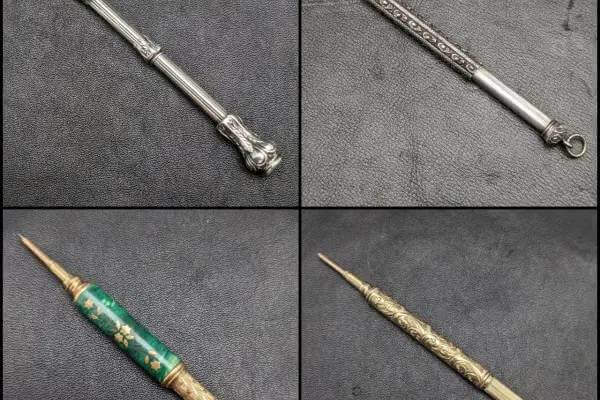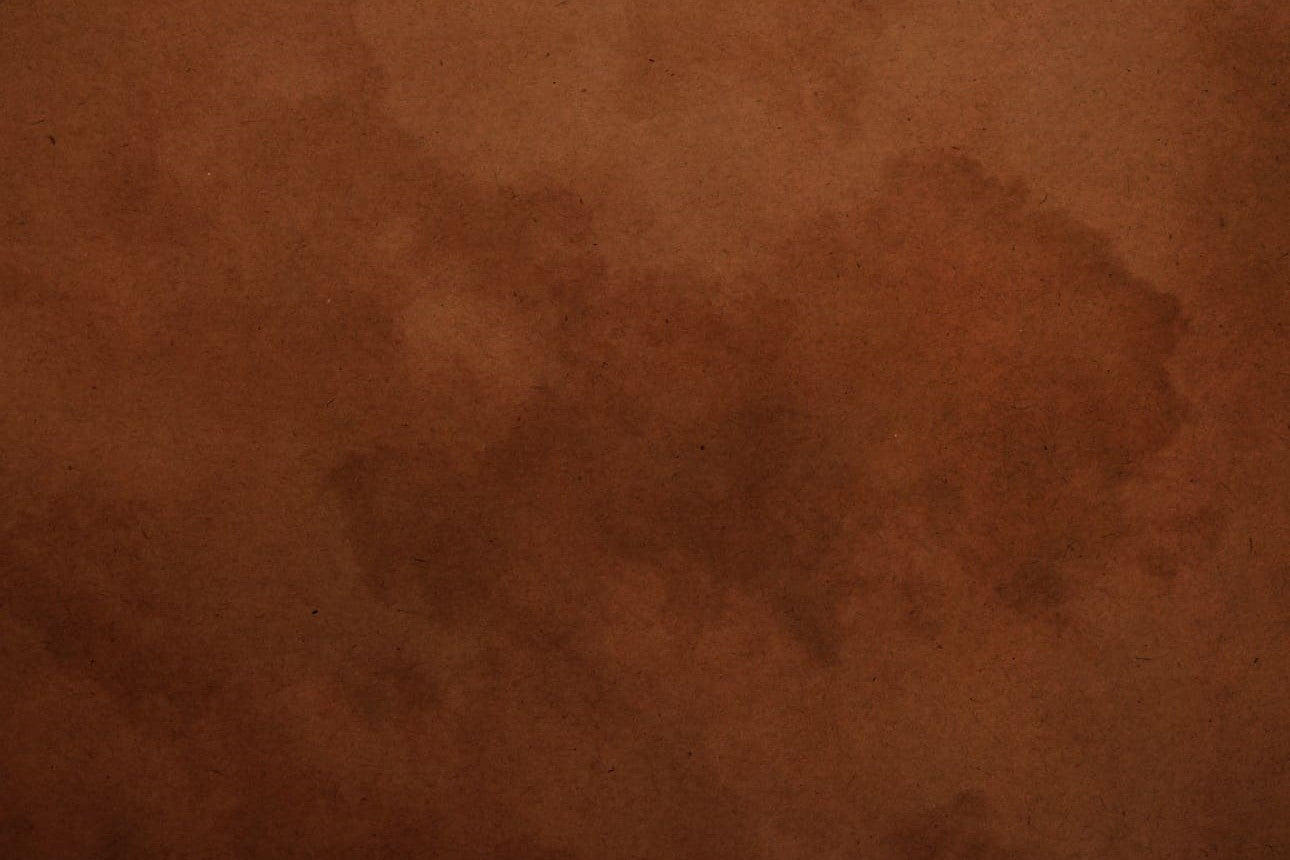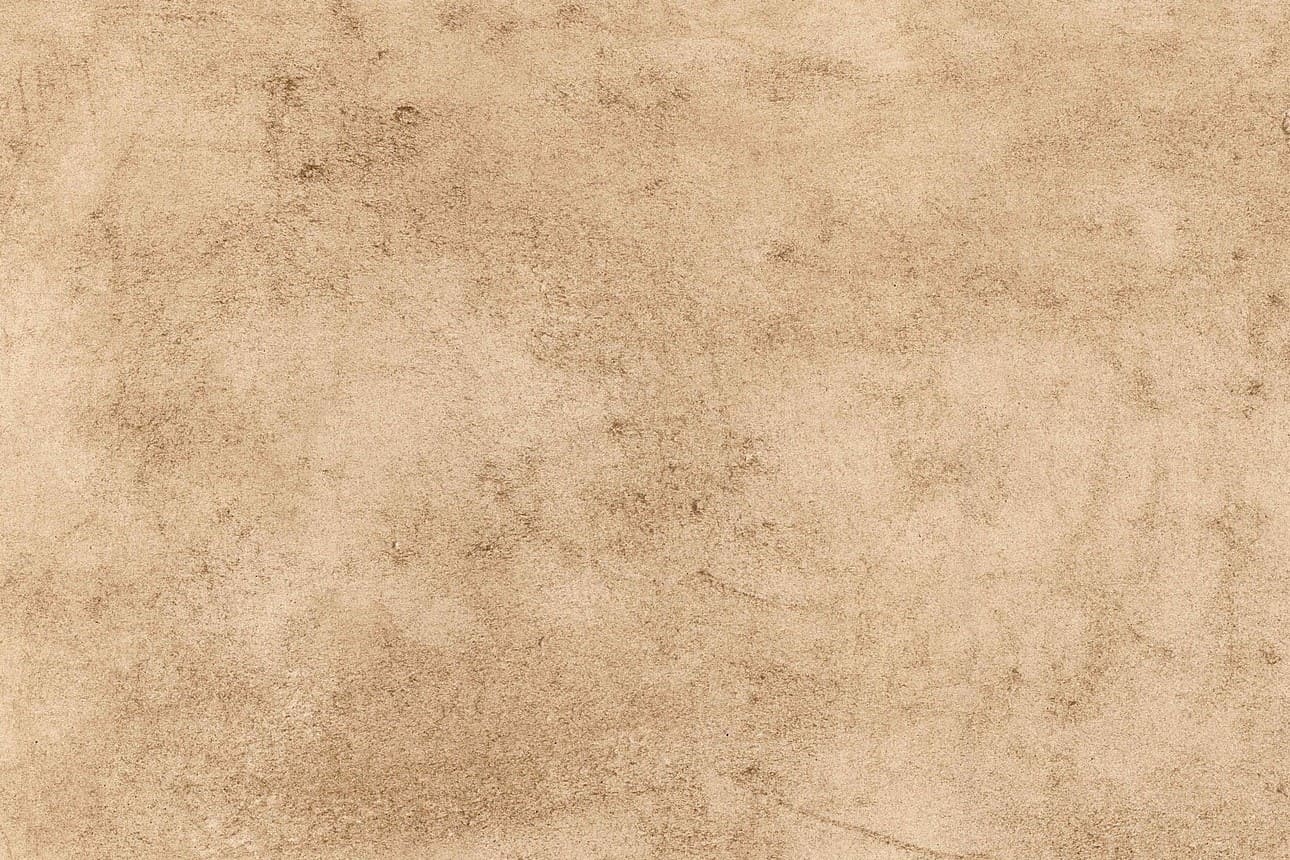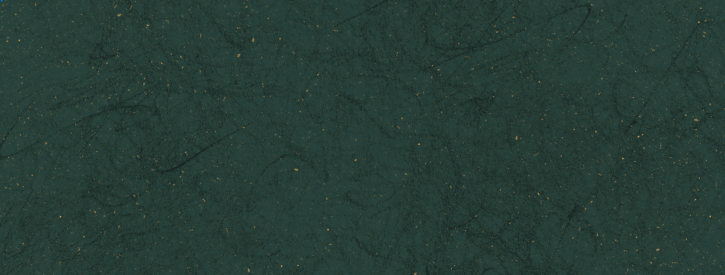antique mechanical pencil
Posted by WATANABETAIGA

What is an antique mechanical pencil?
A mechanical pencil whose lead can be drawn out mechanically. It has a very long history, having been made in England and France since the 18th century (late 1700s).
By the way, mechanical pencil is a Japanese-English word that is only used in Japan.
It became popular when ``Hayakawa Brothers & Co. Metal Stationery Manufacturing'', an advancement of ``SHARP'', which later became a major electronic equipment manufacturer, developed ``mechanical pencil'' and sold it under the name ``mechanical pencil.''
In English, it is commonly called a propelling pencil (British) or mechanical pencil (US).
The retractable and very compact type is also called a "magic pencil" and is sized to be used as a pendant or Albert chain fob.
Many of these pens have silver or gold pen holders decorated with engravings or enamels, and the ends of the pens have natural stones or seals, making them very beautiful as crafts. There are many things.
variation
They come in various sizes, ranging from ones that are only about 8 cm when folded and extended by 5 cm, to ones that can be extended to 12 cm or more, which is the same length as a regular pencil.

Most of the materials are sterling silver or gold-plated, but there are also rare cases of luxurious solid gold such as 9ct or 14ct gold.

Some pens have a jump ring attached to the end so that they can be attached to a chain, some have natural stones embedded in them, and some come with a seal (seal).

There are various decorations, including some with detailed engravings, some with diamonds, and some with vivid enamel decorations.

As a variant, there are some that include not only a propelled pencil but also a dip pen.

How to use
Most modern mechanical pencils are knock-type mechanical pencils, but the knock-type mechanical pencils were invented in Japan in 1960, so the ones from this era were called propulsion pencils, which are types in which you rotate the pen tip to draw out the lead. It belongs to.
This video will explain how to extend and retract the pen, how to take out the lead, and how to replace the lead.
How to expand and contract the magic pencil
How to insert and remove the lead of a magic pencil
How to replace the lead of a magic pencil
refill
The lead thickness of modern mechanical pencils is generally 0.5mm, but the ones from this era were usually a little thicker (about 0.6-1.5mm).
Moreover, because there were no standards as there are today, cores of various thicknesses were used.
The precision of the pen tip is also low, and some have deformed over the years and are no longer perfectly round.
In most cases, you will need to adjust the nib for each pen.
Currently, the thicknesses that are easily available in Japan are 0.7mm, 0.9mm, 1.18mm, 1.3mm, 1.4mm, and 2.0mm, which are relatively easy to obtain through online shopping.
There is no problem if these standard products fit perfectly, but if they do not, please adjust the closest thickness as follows.
① Sand the core with sandpaper. If the core is a little thick, use waterproof paper or similar material to sand down the core.
Remove it little by little, being careful not to remove too much.
② Lightly deform the nib with an awl or pliers. If the lead is a little thick, use an awl to insert it into the nib and widen it a little or return it to a perfect circle.
If the nib is a little thin, crush the nib a little to transform it into an oval shape.
If the pen tip is made of sterling silver, it is soft and can be damaged even with weak force, so be careful.
③ Apply beeswax, etc. If the wick is a little thin, apply beeswax or a vegetable resin called shellac varnish to the wick.
This is a method of making the core thicker so that it fits perfectly.
summary
Antique mechanical pencils are not as easy to use as modern mechanical pencils, nor are they as comfortable to write with.
It can be quite difficult to prepare refills and replace them.
However, this small writing instrument is not just a tool for writing, but is filled with the charm of an antique craft, including beautiful jewelry-like decorations and a telescoping gimmick.
SHARE:











